The 1962 Constitution | Pakistan Affairs Notes for CSS-PMS
1: Background
Military took over on 7 October 1958 and consequently Ayub Khan became Chief Martial Law Administrator. One major task was to frame a new Constitution. The administration was critical of Parliamentary system because it caused instability in the past. They sought stability of the nation in the gradual development of democracy.
2: 1962 Constitution Making
The government introduced Basic Democracies in October 1959. Under this system Forty Thousand basic democrats (local councilors) were to be elected in each province. They have to perform functions as local government and their role in developmental work. They also acted as an electoral college for the election of president and the national assembly.
Elections for the Basic Democracies (BD) were held in December 1959 and January 1960. Then Presidential referendum was held by the elected BD members on February 17, 1960. A Constitutional Commission was established in February 1960 under the chairmanship of Justice Shahabuddin, former Chief Justice. The tasks assigned to the Commission were:
• To examine the causes of failure of Parliamentary system.
• Recommend a new system keeping in view the
(a) genius of people
(b) standard of education
(c) internal conditions of the country
(d) need of development
Commission presented its report in May 1961 after then two committees reviewed it. Under the report of these committees the new Constitution was drafted.
Check Also: Pakistan Affairs MCQs
Ayub announced the 1962 Constitution on March 1, 1962. Elections to the National Assembly (NA) and Provincial Assemblies (PAs) were held in April and May 1962 respectively.
The new 1962 Constitution was enforced on June 8, 1962. Martial Law was withdrawn. The new 1962 Constitution was consisted of 250 articles, 5 schedules.
3: Salient Features of the 1962 Constitution
3.1. Title of the State
Republic and Islamic Republic
3.2. Presidential System
A Powerful President who was responsible for administration and affairs of the state. He should be a Muslim, at least 40 years of age, should be qualified to be a member of NA. He would be elected through indirect elections for a period of five years. If he has held office for more than 8 years, he could seek reelection with the approval of the NA and the PAs.
National Assembly was given the power to impeach the president, however it was difficult to achieve. President could dissolve the NA but in that case he must seek re-election.
Check Also: Unveiling Pakistan’s Nuclear Capabilities
3.3. Powers of the President:
President was the Focal point of all the Executive, Legislative and Judicial powers. Cabinet was responsible to him. All key appointments were to be made by President. He could issue Ordinances. He could also declare State of Emergency in the country.
3.4. National Assembly (NA)
NA was consisted of one house on the basis of principle of parity between two wings of the country. There were 150 seats plus 6 seats were reserved for women. All were elected indirectly. For the membership minimum age limit was 25 years.
Check Also: The Asian Development Bank’s Investment in Pakistan: A Review
3.5. Legislative Powers:
NA had all the powers of law making but law was to be finally ratified by the president. President could sign, reject or return the bill.
3.6. Financial Powers
Financial Powers of NA were limited. Only new expenditure could be voted. NA could not reject Consolidate Fund List and Recurring Expenditure.
3.7. Federalism
There were two provinces of the federation: East Pakistan and West Pakistan. Only one list of subjects, i.e. the Central list was given in the 1962 constitution.
3.8. Provincial Governments
Governors were head of the provinces and govern the province with his cabinet. Provincial governments were directly under the control of President.
There was a strong center with a Powerful President. He had enough powers to manage provincial affairs. In case of emergency powers Central government could take direct control of the province.
3.9. Principles of Policy
• National solidarity would be observed.
• Interests of backward people would be looked after.
• Opportunities for participation in national life.
• Education and well being of people.
• Islam would be implemented in day to day life.
3.10. Fundamental Rights
Fundamental Rights were provided in the 192 constitution.
3.11. Political Parties
Originally Political Parties were not allowed. Political Parties Act was introduced in 1962.
3.12. Islamic Provisions
Objectives Resolution was the Preamble of the 192 Constitution. Other Islamic provisions were a part of Principles of Policy and not the 1962 constitution.
3.13. Advisory Council for Islamic Ideology
An Advisory Council for Islamic Ideology was made in the 192 constitution having 5-12 members. It was a recommendatory body.
3.14. Islamic Research Institute
It was designed for the Research and instructions in Islam for assisting the reconstruction of Muslim society on truly Islamic lines.
3.15. Working of the 1962 Constitution
The 192 Constitution remained enforced from June 8, 1962 to March 25, 1969
Check Other NOTES for Pakistan Affairs
- Four reasons why Pakistan and India should make peace now
- Indo-Pak Water Vows: Implications and Way Forward
- Shaikh Ahmad Sirhindi & His Impacts On Muslims’ Society And Politics On The Indian Sub-Continent.
- List of Founders and activists of the Pakistan Movement
- Pakistan’s National Cyber Security Policy 2021 (PDF)
- Current Affairs Cloud for CSS /PMS Exams (May 25, 2021)
- Current Affairs Cloud for CSS Exams (May 20, 2021)
- “Separation of East Pakistan, though a tragic part of History of Pakistan, was not the negation of two nation theory”. (CSS Pakistan Affairs Paper 2015)
- Pakistan’s Educational Problems | Pakistan Affairs Notes
- Pakistan Affairs | CSS Syllabus and Most Repeated Questions
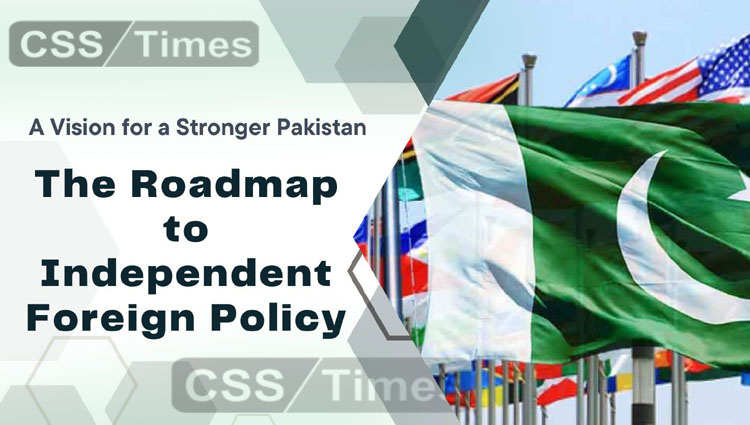

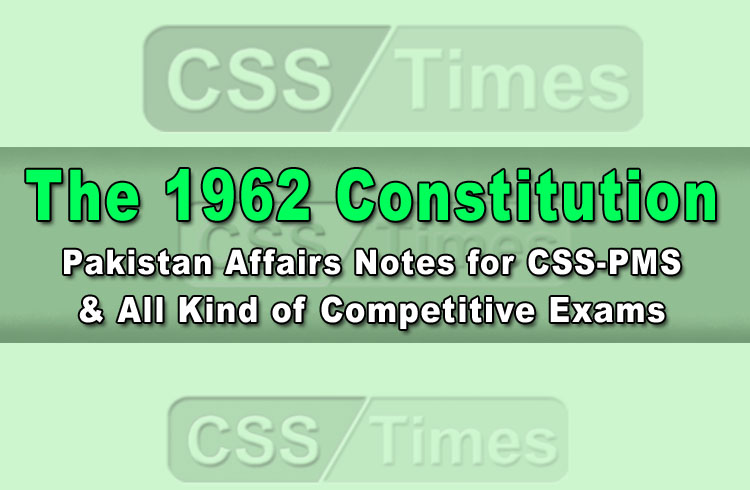
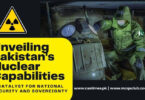
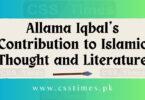


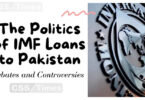
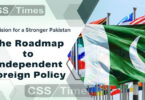
Great work sir